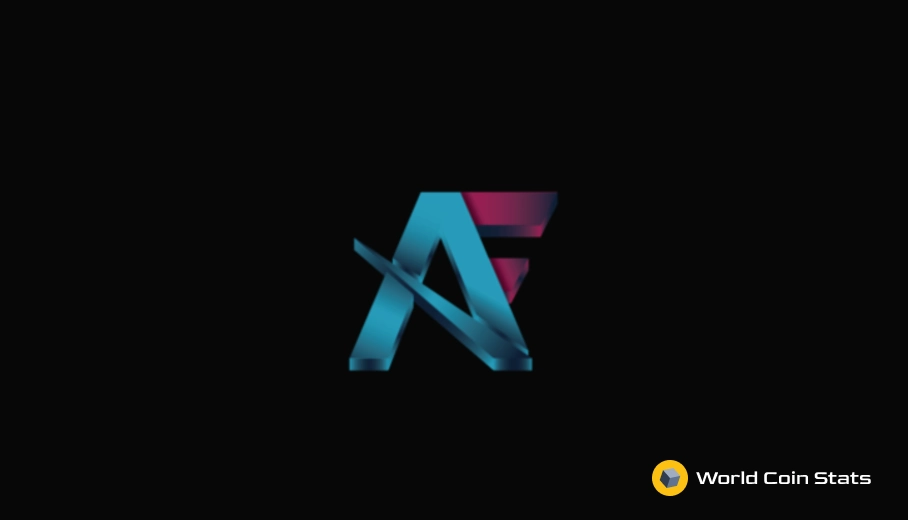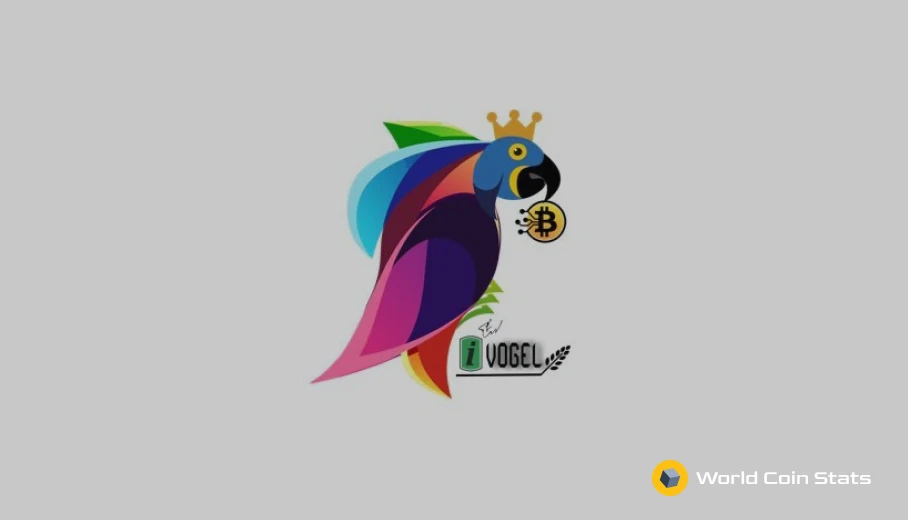The Story of AlphaFi (ALF) and Spotting Crypto Scams
The metaverse is the hottest thing in cryptocurrency and 2021 and 2022 have seen thousands of metaverse projects launching on various blockchains. Some of these projects are promising while others are not so promising.
We will examine a metaverse project on the Binance Smart Chain called AlphaFi. The project launched in October 2022 to some hype before both the hype and price fizzled out.
What is AlphaFi?
Well, AlphaFi was a metaverse project on the Binance Smart Chain. Unfortunately, it appears that the founders of this project have rug pulled as the website is currently down and the official Twitter account is closed.
This project looked like an obvious scam from what we can piece together from Twitter and the official whitepaper. The rest of this article will focus on what you can do to avoid scam projects like AlphaFi.
Signs a Cryptocurrency Project Will Rug
Here are some of the signs that a cryptocurrency project will rug. These signs obviously are not 100%, but we have that a lot of scam projects have the same thing in common.
Big and/or Vague Roadmap in The Whitepaper
The first sign you are dealing with a scam project is that it has big or vague goals in the whitepaper. Most scammers state some extremely large goals because it tends to attract more attention.
Those new to the cryptocurrency industry fall for these goals while those with a bit more experience know that anyone promising big goals better have some solid bona fides.
For instance, a lot of scam projects will say they plan on building a metaverse and then start listing other things they plan on building like an NFT game, an NFT exchange, a cryptocurrency exchange, an entire blockchain that competes with Bitcoin, and so on.
Just building one of those is a challenge for an experienced team with lots of backing, so it’s extremely unlikely that an anonymous team will have the knowledge and resources to develop so many projects.
The vagueness comes into play more with the execution than with the promises. Scam projects almost always state some massive goals and then show a lack of understanding of basic blockchain knowledge in their whitepaper.
Do you really think a team that can barely explain the blockchain in their whitepaper has the technical knowledge to build an app on the blockchain?
It’s highly unlikely.
Anonymous Founders
Probably the biggest sign of a scam project is anonymous founders.
Yes, Bitcoin and Monero both have anonymous founders. However, it’s important to note that neither Bitcoin nor Monero are decentralized finance or metaverse projects. Bitcoin was the first cryptocurrency and a pseudo-privacy coin at the time of launch and Monero is a privacy coin.
It stands to reason that the founders of projects like that would prefer anonymity.
The same cannot be said for metaverse and DeFi projects.
All the major metaverse and DeFi projects have doxxed founders. SushiSwap is the major exception and that became a bit of a problem when the founder, Chef Nomi, tried to steal millions of dollars worth of ETH from the project.
Anyway, founders of successful projects always come from technical backgrounds. This is especially true when it comes to successful metaverse and play to earn game projects – the founders almost always were successful videogame developers that made the transition to play to earn gaming.
As for scamming, it’s ideal to keep your identity anonymous if you plan on scamming. Duped investors cannot track you down for recourse and it allows them to do the same scam again at a later date.
For these reasons, we do not invest in DeFi or metaverse projects that have anonymous founders – the chances of projects being scams if they have anonymous founders is simply too high.
Template Website
Another trend we have noticed with scam crypto projects is that they have template websites.
Now, we will clarify this because a lot of legitimate projects also have template websites.
We mean a half completed template website. It will often have lorem ipsum placeholder text in places and the same stock images that came with the template site.
This, of course, makes sense. Many of these scammers make so many scam projects that they simply do not have the time to make their website nice. Plus, they are not really targeting the type of investor that will read every single page on the website. They focus on newer investors that just look at what tokens have risen the most in a single day.
All they need is a website and a half complete template website works perfectly fine for that purpose.
It’s on Binance Smart Chain
This is the most controversial point, but Binance Smart Chain has so many scam projects on it. It’s gotten to the point that if we see a project with anonymous founders on the Binance Smart Chain we just automatically think it's a scam.
Again, this makes sense from the perspective of the scammer. The transaction fees on Binance Smart Chain are insanely low compared to Ethereum and a lot of newer investors use it for that reason.
This makes it the perfect place for scammers to launch a project. Serious, experienced investors tend to focus on Ethereum projects whereas the general public is usually excluded from projects on Ethereum due to the high gas fees.
Hype Bots in The Telegram or Discord
Another sure sign that a project will rug is when it has a lot of bots in its Telegram or Discord channel. It’s sometimes difficult to spot the bots, but if you stick around long enough you will see the same users posting the same comments over and over again. Some examples of messages you might see include the following:
- “LFG TO THE MOON!”
- “Can’t wait for the launch.”
- “I love this project.”
- “Made so much money with [token].”
- “Best crypto project ever!”
The exact phrasing will likely be different though the same theme appears in all the messages. That theme is simply hyping up the project. And most of the hype surrounds the potential to make a lot of money.
The Price Chart Looks Bad
Another sure sign that you are looking at a scam project is the price chart. If the price chart looks like the below chart, then the project is a scam:
The high price at the beginning is typical as the project has a lot of hype and wash orders to drive up the price. The developers then sell all their tokens, which drains the liquidity pool and crashes the price.
The price never recovers and the trading volume eventually reaches zero as no one has any interest in investing in the project.
Final Words
That covers it for all you need to know about AlphaFi (ALF) – it was a scam project on the Binance Smart Chain. It’s not a project you should consider investment worthy, but it does give us insight into how a cryptocurrency scam project works.



